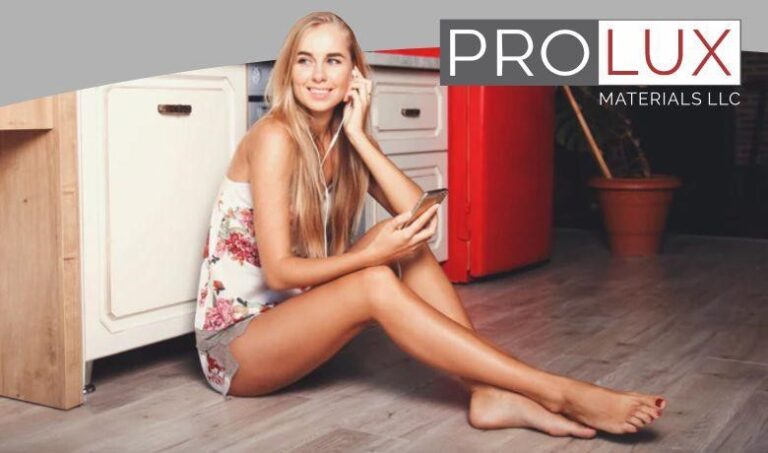What Are the Pros and Cons of Using AI in Art Production?
Art production has always been a field of endless creativity and personal expression. However, with the rise of technology, particularly artificial intelligence (AI), the landscape of art creation is undergoing a significant transformation. This article delves into the advantages and disadvantages of using AI in art production, specifically focusing on using an AI art maker.
The Efficiency of AI Art Makers
One of the biggest advantages of using an AI art maker is its efficiency. These AI tools can generate art much faster than a human artist. This speed is particularly beneficial in industries where time is crucial, such as graphic design or advertising. AI art makers can produce a wide range of styles and designs quickly, providing more options in a shorter time.
Another aspect of their efficiency is their ability to handle repetitive or tedious tasks. This allows human artists to focus on their work’s more creative and intricate parts. By automating certain processes, AI art makers can help streamline the art production workflow, making it more productive and less time-consuming.
Adobe says, “With AI art generators, you can play around with looks and styles you don’t normally work with and get inspired to branch out into new ways to create.”
The Limitation in Emotional Depth
Despite their efficiency, AI art makers have limitations, particularly regarding emotional depth. Art is not just about visual appeal; it often conveys deep emotions and stories. Human artists infuse their work with personal experiences and feelings, something an AI cannot replicate. The emotional connection from human-created art is hard to achieve with AI.
AI-generated art may sometimes lack the subtle nuances and the ‘human touch’ that make artworks relatable and moving. While AI can mimic styles and techniques, it doesn’t understand the emotions behind them. This gap can make AI-generated art feel less authentic or soulful than human-made art.
The Expansion of Creative Possibilities
AI in art production opens up new creative possibilities. Artists can use AI tools to explore styles and ideas beyond their traditional skill set. This can lead to innovative art forms and the blending of different artistic techniques and genres.
AI art makers can also provide artists with unexpected inspiration. By generating random or unconventional art pieces, AI can push artists to think outside the box and experiment with new concepts. This can lead to a richer and more diverse art world.
Ethical and Authenticity Concerns
The use of AI in art production raises ethical questions, especially regarding authenticity and originality. When an AI creates a piece of art, it can be challenging to determine who the real artist is. Is it the programmer who designed the AI, the person who provided the input, or the AI itself? This dilemma challenges traditional notions of authorship and creativity in art.
Additionally, there’s a risk of AI art makers replicating existing artists’ styles too closely, which could lead to intellectual property infringement issues. The art world values originality, and introducing AI-generated art could complicate this value.
The Potential for Collaboration
Instead of viewing AI as a replacement for human artists, it can be seen as a collaborative partner. Combining human creativity with AI’s capabilities could create unique and unprecedented art forms. This collaboration can take many forms, from AI providing initial concepts to human artists refining and adding emotional depth to AI-generated pieces.
The future of art could very well lie in this symbiotic relationship between human artists and AI. By working together, they can push the boundaries of what’s possible in art, creating works that neither could achieve alone.
Using AI in art production has its pros and cons. While AI art makers offer efficiency and can expand creative possibilities, they lack human creation’s emotional depth and authenticity. The future of art lies in finding a balance where AI serves as a tool and partner to human artists, enhancing their abilities without replacing the irreplaceable human touch. Combining human creativity and AI’s capabilities promises a fascinating future for the art world.


